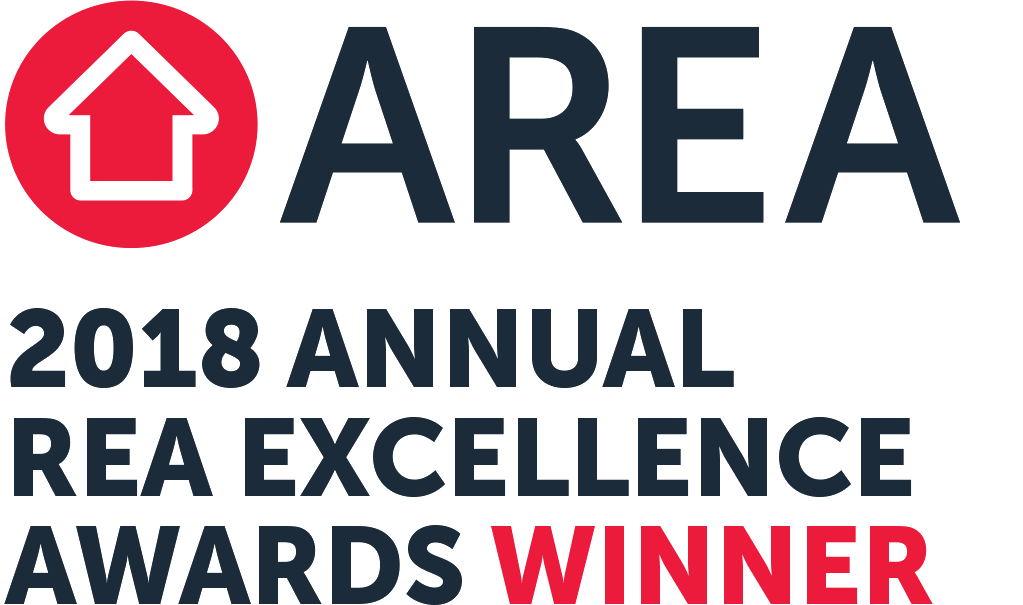October 3rd, 2017
Nightingale seeks scale, licenses first housing project to commercial developer.
Nightingale housing, which cuts out traditional developers and limits investor profit margin to 15 per cent, has licensed its first development to a commercial developer as it tries to
work out how to expand the scale to its affordable housing model.
Private developer Lucent, which has paired a 38-apartment Nightingale development
next to a higher-yielding 28-unit commercial development on a 1670-square-metre site in
Melbourne's East Brunswick, has fully sold both projects and plans to start construction in
February, after selecting a builder.
The two developments were marketed separately and sold at different price points – a two-
bedroom, two-bathroom apartment in Nightingale costs about $615,000 and its Lt. Miller
equivalent $652,000 – and Nightingale buyers could lower their cost further by cutting back
on a second bathroom or foregoing a car park.
But by combining them for the purposes of bank funding, Lucent was able to get the overall
profit margin lenders required to commit to financing – usually upwards of 20 per cent – up
to the 17.5 per cent minimum required and ensure financing for the developments,
managing director Panos Miltiadou said.
"That allowed us to get our 'normal' profit margin," Mr Miltiadou said. "That mixed blend
came in at 17.5 per cent. What that's allowed us to do is create a bankable solution and to
the same degree not create a 15 per cent profit, but more."
For the developer, it's a win. It's also a win for Nightingale, started by Melbourne architect
Jeremy McLeod as a way to boost the supply of affordable, well-designed housing, as it
opens up a way to license the model to a wider pool of players and give it greater scale.
But it was also a challenge for Nightingale, which sought explicitly to exclude developers and
their margins from a process that the organisation argues pushed prices higher and led to
poor-quality, unsustainable housing.
"It was a hard decision to make but it was one that the board and licensing committee fully
supported," Nightingale Housing chief executive Jessie Hochberg-Summons said.
"With this project, we proceeded with a lot of caution and we had in place more intense
licensing conditions than we did working with architects, to give us a sense of comfort that
we had really ensured all the principles were being honoured."
Lucent had to follow the established Nightingale principles, including the caveat on
apartments that limits their resale price, and have the project audited – to confirm the
financial structure stuck to the Nightingale rules as well as being subject to a design review
by the Office of the Victorian Government Architect, whose head, Jill Garner, is on
Nightingale's licensing committee.
Both buildings, designed by ClarkeHopkinsClarke and Breathe Architects, are 7.5-star
NatHERS energy rated and will operate fossil fuel-free as they will have rooftop solar and
through an embedded network buy in only renewable energy. But it also benefited from
selling the first 38 units risk-free into the established Nightingale waiting list of about 2500
people, which gave it no marketing or sales commissions to pay. It sold out on the first
weekend.
And the association with the high-profile Nightingale project no doubt benefited the Lt.
Miller, which came to market three weeks after Nightingale had sold out.
"The ethos, specifically sustainability, aligns with Lucent's values of 'Leave it better
than we found it'," Mr Miltiadou said.
Certainty on sales
For developers, it is a trade-off. By building an affordable Nightingale development on part
of its site, Lucent made $1.2 million less than it would have made from a straight
commercial project, Mr Miltiadou said.
"But what it did give is complete and utter certainty on sales."
Other developers, with more valuable sites may be less willing to do a Nightingale project,
but the model could give other developers with lower-quality sites a way to make them
more viable by cutting the risk of the sales process, he said. Ms Hochberg-Summons,
however, was quick to play down the idea. "What I don't want anybody to view Nightingale
as is as a way to make a site that would be not viable, viable," she said.
"What the Nightingale model isn't is something that can be applied to large commercial
developers to 'ethical wash' them, to get high utilisation of a site that may not work
commercially or to get additional favours with planning or government."
But the Lucent pilot project has shown that the model can work, with the right
development. "It's proved it absolutely can work," Ms Hochberg-Summons said.
Lucent would also do it again. "Assuming they're very comfortable with the
relationship, we'd go and find another site that meets the requirements of Nightingale," Mr
Miltiadou said. "I'd do it in a heartbeat."
Click here to view original article from the Financial Review








